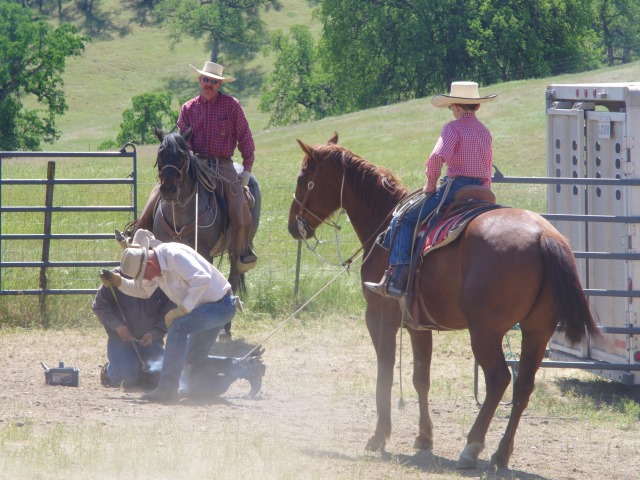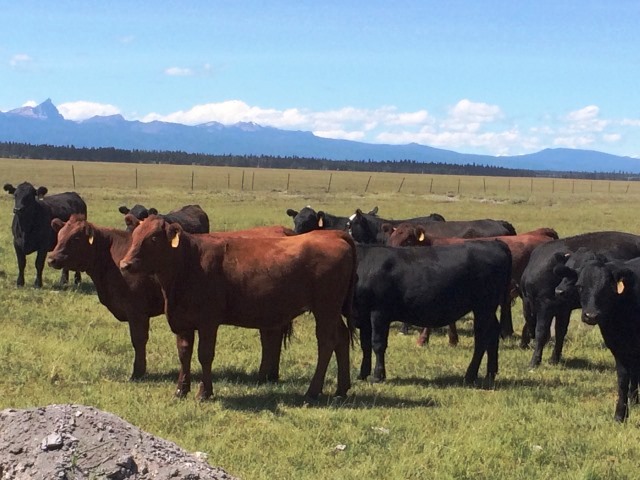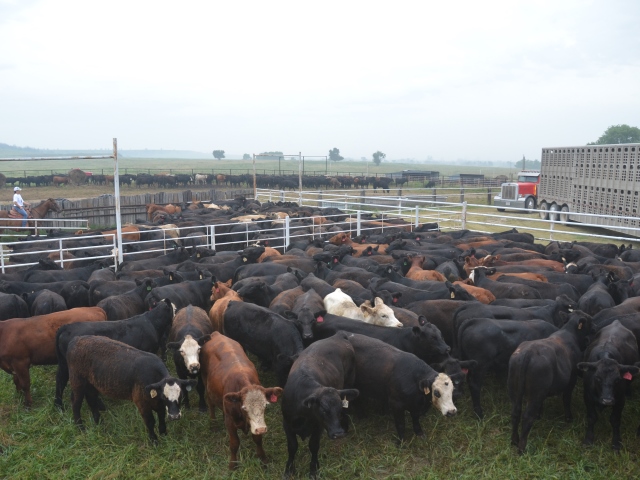How to Take the Risk Out of Grazing Stocker Cattle
Improvements in genetics and the economic incentive to push cattle performance have one distinct drawback—younger cattle are higher risk cattle. Both stocker and feedlot operators strive to limit potential health risks in the cattle they buy, yet today’s industry simply puts a greater number of younger cattle into the pipeline. Managing those cattle to minimize sickness and performance hiccups is critical for success in stocker and feedlot operations.
Two cattlemen with significant experience handling high-risk stocker calves shared their school-of-hardknocks knowledge with attendees at the 2016 Cattle Industry Convention. Western cattlemen Tyler Cox and Ira Brackett shared tips to turning profits from high-risk calves.
Setting Them Up for Success
Tyler Cox doesn’t like to deal with high risk calves in his stocker operation. He prefers to purchase calves direct from reputable ranches utilizing preconditioning programs. This year, however, the Washington cattleman bought some calves from sale barns, which he usually tries to avoid.
The change came from necessity, he says, because the past year’s turbulent market took a hefty toll on his balance sheet. Calves he purchased from a video sale in the summer were properly backgrounded but were overpriced to make a pro t when ship day came. Cox ended up losing an estimated $500 per head.
“I try to do a lot of planning as far as what kind of cattle I want to go after and how I can get them contracted out to a feedyard. Unfortunately, I’m dealing with today,” Cox says. Like many stocker producers, he has taken on a lot of equity by buying cattle the past few years.
“I own the calves and now I’ve got to keep them alive,” Cox adds. “I can’t afford to have non-doing cattle. I can’t afford to be doctoring cattle.”
The calves need to “graduate” on time and load up on a truck with as much weight before heading to the feedlot, he adds.
Before getting into ranching fulltime Cox helped other cattle operations map out their health programs on a consulting basis. In addition, Cox is married to a veterinarian, so he is well-versed in animal health.
Supporting pharmaceutical companies through preventative medicine such as vaccinations rather than treating with antibiotics is something Cox recommends to other producers. However, it is not just putting a shot in calf and walking away. “We have to create a situation where that vaccine can actually work,” Cox adds.
Prior to shipping, Washington rancher Tyler Cox, emphasizes health and nutrition so stocker cattle leave on time with plenty of weight gained. Photo by Wyatt Bechtel
Creating the right situation includes proper nutrition, low stress handling and keeping a good attitude when working cattle.
When cattle arrive at Cox’s ranch he gets them on hay to ensure they’re never on an empty stomach so their rumen will keep working.
Supplying additional vitamins and minerals to freshly received calves is a must. Cox says it aids in keeping calves’ metabolism functioning properly. “Anything I can do to boost health and vigor—all that’s doing is serving to make that animal’s immune system better.”
Implementing a parasite control is also a must. “The first thing I can do to set cattle up to be healthy is to deal with parasites. Until I get that out of the way, I won’t be able to get my vaccine to work,” Cox says.
Multiple States, One Health Program
Raising cattle in Idaho, Oregon, Nevada and California creates several challenges for Ira Brackett. He tries to limit the amount of stress his calves receive with the travel they will likely endure. Brackett raises his own stocker calves through his cow-calf operation and purchases additional stocker cattle depending on his feed and other resources each year.
“My version of risk management focuses on variables I can control when raising or purchasing stockers,” Brackett says. The program includes three areas:
- Purchasing calves with strong genetics that are preconditioned
- Maintaining a working relationship with his veterinarian
- Monitoring health through recordkeeping on individual calves and tracing it back to herds.

At branding, Ira Brackett, implements a robust health program for homeraised and purchased stocker calves to meet production goals. Photo by Kim Brackett
Brackett has a robust health program for his own calves starting with a first round of shots at branding. An 8-way vaccine with antibodies for Haemophilus somnus is administered, and freshly castrated calves get a dose of tetracycline, too. A second round of vaccinations is given while the calves are on the cows and the third set is delivered at weaning.
The northern Nevada and southwest Idaho cows calve March through May and calves are weaned at 500 lb. by mid-October.
Brackett’s ranch in northern California and southern Oregon was added to his cattle business during the start of the historic drought four years ago, so his program is still in the works. The objective is to have cows calving in early February and weaning calves at 550 lb. to 600 lb. by September or October.
When calves are weaned they are backgrounded on irrigated crop ground. Then they are sent to winter grazing in California, when grass is available, Brackett says.
“Most years, when feed is available, we try to buy cattle that will complement our home-grown calves,” he explains.
Like Cox, Brackett prefers to buy stockers through video sales or private treaty. Occasionally he buys calves from the sale barn. He expects a higher pull rate and death loss with the sale barn calves, he says, so he buys them at a discount compared to other purchased calves. He might buy unweaned calves from a ranch, but only if they are handled properly with a set vaccination program.
Once on winter range, calves are ridden through on horseback regularly to monitor health. They are run through the chute again for parasite control and an implant prior to departing for summer grazing. Summer range is located in Oregon, Idaho or Nevada.
“Ideally we like to start pulling them off grass when they hit 900 lb.,” Brackett says. The stockers are marketed via private treaty to feedlots or on a video auction.
“My goal year-in and year-out is to have buyers consistently competing for my calves,” Brackett adds.









